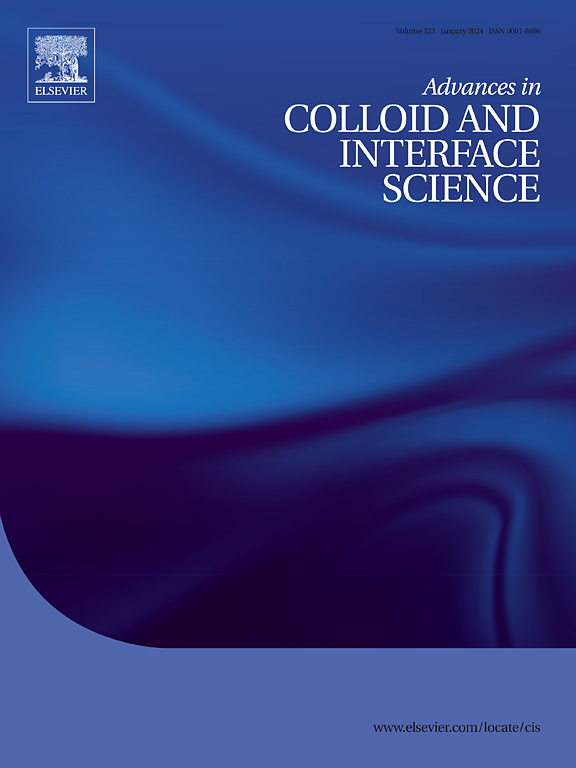Emerging two dimensional MXene for corrosion protection in new energy systems: Design and mechanisms
IF 15.9
1区 化学
Q1 CHEMISTRY, PHYSICAL
引用次数: 0
Abstract
With the development of new and clean energy (offshore wind power, fuel cells, aqueous zinc ion batteries, lithium-ion batteries, etc.), the corrosion and security problems in special environments of the new energy system have attracted much attention. Corrosion protection on the metals applied in new energy system can reduce the economic loss, security risk, and energy consumption, as well as guarantee the efficiency of energy system. Traditional coatings face challenges in agglomeration of nano fillers, structural control, environmental issues, and poor conductivity, which limits the applications. With features in controllable surface chemistry and composition, rich surface terminations, better conductivity than graphene oxide, high aspect-ratio, strong impermeability, and low friction coefficient, the two-dimensional (2D) MXene presents potential for applications in corrosion protection in new energy systems. Despite progress has been made in the MXene for corrosion protection, there is still a lack of comprehensive review regarding the design and mechanisms of anti-corrosive MXene-based materials for corrosion protection in new energy system. In this review, a brief induction of MXene and the specially four corrosive environments (offshore wind power at deep sea, bipolar plates in PEMFC environments, zinc anode in AZIBs, and current collectors in Li-ion battery) are presented. Importantly, the design strategies and mechanisms of the MXene-based anti-corrosive coatings on metals used in the special environments are discussed in detail. Finally, the challenges and research trends in the MXene-based coatings for new energy systems are prospected. This review provides further understanding of corrosion in new energy and would expand the application prospects of MXene.

新兴的用于新能源系统防腐的二维MXene:设计和机理。
随着新能源、清洁能源(海上风电、燃料电池、含水锌离子电池、锂离子电池等)的发展,新能源系统在特殊环境下的腐蚀和安全问题备受关注。对新能源系统中应用的金属进行腐蚀防护,可以降低经济损失、安全风险和能源消耗,保证能源系统的效率。传统涂料面临纳米填料团聚、结构控制、环境问题和导电性差等问题,限制了涂料的应用。二维MXene具有表面化学和成分可控、表面末端丰富、导电性优于氧化石墨烯、高纵横比、抗渗透能力强、摩擦系数低等特点,在新能源系统的防腐方面具有潜在的应用前景。尽管MXene在防腐方面取得了一定的进展,但对于新能源系统中MXene基防腐材料的设计和机理研究还缺乏全面的综述。本文简要介绍了MXene和四种特殊腐蚀环境(深海海上风电、PEMFC环境中的双极板、azib中的锌阳极和锂离子电池中的集流器)。重点讨论了特殊环境下mxene基金属防腐涂层的设计策略和机理。最后,展望了用于新能源系统的mxene基涂料面临的挑战和研究趋势。本文综述有助于进一步认识新能源中的腐蚀问题,拓展MXene的应用前景。
本文章由计算机程序翻译,如有差异,请以英文原文为准。
求助全文
约1分钟内获得全文
求助全文
来源期刊
CiteScore
28.50
自引率
2.60%
发文量
175
审稿时长
31 days
期刊介绍:
"Advances in Colloid and Interface Science" is an international journal that focuses on experimental and theoretical developments in interfacial and colloidal phenomena. The journal covers a wide range of disciplines including biology, chemistry, physics, and technology.
The journal accepts review articles on any topic within the scope of colloid and interface science. These articles should provide an in-depth analysis of the subject matter, offering a critical review of the current state of the field. The author's informed opinion on the topic should also be included. The manuscript should compare and contrast ideas found in the reviewed literature and address the limitations of these ideas.
Typically, the articles published in this journal are written by recognized experts in the field.

 求助内容:
求助内容: 应助结果提醒方式:
应助结果提醒方式:


